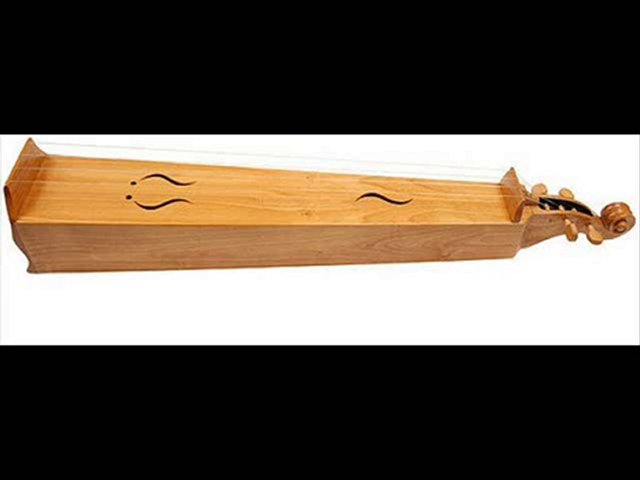 While on a plane to Seattle and watching the NFL Draft, I
came across the first round draft pick for the Minnesota Vikings (you may
probably already know where this is going). It got me thinking that wouldn’t it
be nice to take a look at a place where people normally associate Vikings with.
That is where I was brought to the idea of Greenland and northern Canada. Last
stop we ended up in the hot climate of Western Africa, so this time it is only
fit to travel to a place that is slightly chillier. What we’ll take a look at
today is the tautirut or known as the Eskimo fiddle. We have, through our many
excursions taken a look at many types of “zithers” such as the Chinese, Korean,
and Japanese variations.
While on a plane to Seattle and watching the NFL Draft, I
came across the first round draft pick for the Minnesota Vikings (you may
probably already know where this is going). It got me thinking that wouldn’t it
be nice to take a look at a place where people normally associate Vikings with.
That is where I was brought to the idea of Greenland and northern Canada. Last
stop we ended up in the hot climate of Western Africa, so this time it is only
fit to travel to a place that is slightly chillier. What we’ll take a look at
today is the tautirut or known as the Eskimo fiddle. We have, through our many
excursions taken a look at many types of “zithers” such as the Chinese, Korean,
and Japanese variations.  |
| Tautirut |
The main difference with the tautirut and the other zithers
is the relatively simplistic nature of the instrument. According to Canadian
anthropologist Ernest William Hawkes, the tautirut “consists of a rude box,
with a square hole in the top, three sinew strings with a bridge and
tail-piece and a short bow with a whalebone strip for hair..and have only one
string.” If you haven’t noted from that lengthy description, the
instrument tends to use more animal features in the making of the instrument.
The instrument has been compared to instruments such as the Icelandic fidla and
the Shetland gue. There are a number of reasons that could be said about these
comparisons. I personally believe one of
the main reasons for this is due to the migration of individ
uals to
Northernmost parts of North America. Those migrants could have brought their
traditions to the new areas that they have chosen to inhabit. Another
explanation was written by Peter Cooke in his book, “The Fiddle Tradition of
the Shetland Isles”, where he said that it was a likely possibility that the
tautirut was first introduced to the Inuit tribe by sailors from the Orkney and
Shetland Islands.
 |
| Icelandic Fidla |
 |
| Shetland Gue |
The sound ability of the tautirut is miniscule as compared to
other zither-type instruments such as the Chinese Zither. With only one string
the instrument produces a mellow and calm sound synonymous with the terrain and
climate of the region. The limited reach the instrument has had in the region
has hurt the instrument’s growth and adaptations into modern times, but through
the many educational and outreach programs that have been created throughout
the region there is no doubt that their will be a wider audience in the future.
We’ve made it! Starting from the United States we went
through the Pacific, Asia, the Middle East, Europe, Africa, and lastly the
northernmost part of North America.
I do hope all of you have found this musical instrument
adventure to be memorable., because I sure have! All the pictures and videos
that I was able to find throughout this journey truly was able to demonstrate
and illustrate the many different types of instruments that were around the
globe. It was also great to see that though some cultures were far apart from
each other, they shared some similarities with each other.
No comments:
Post a Comment